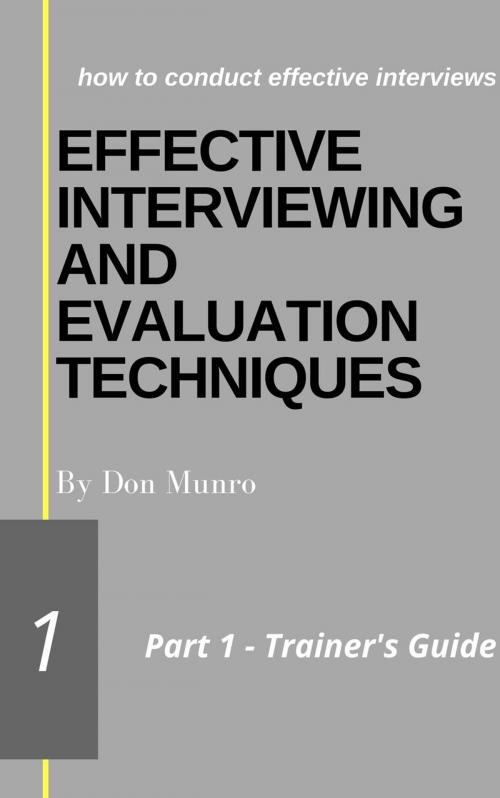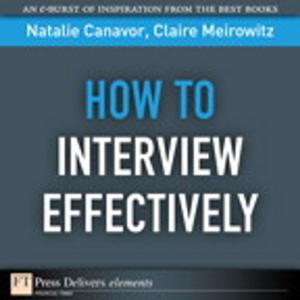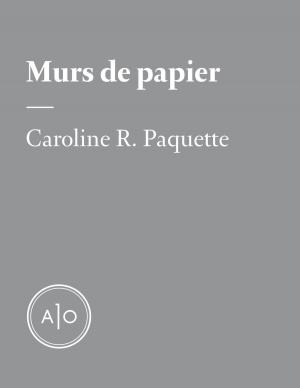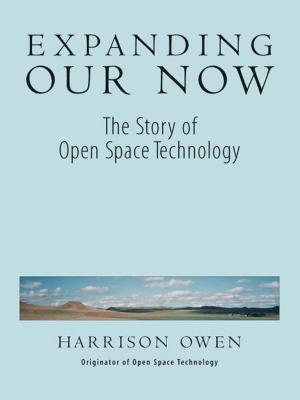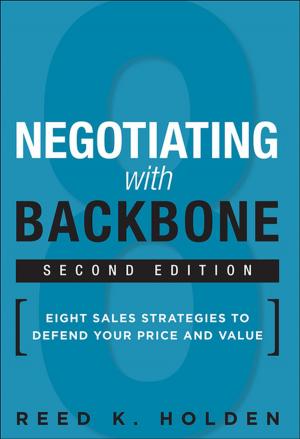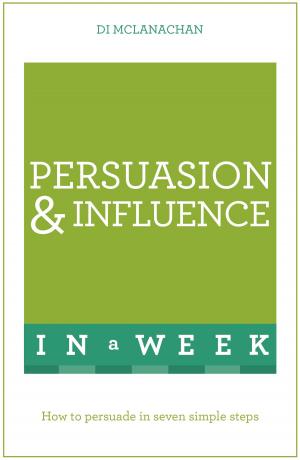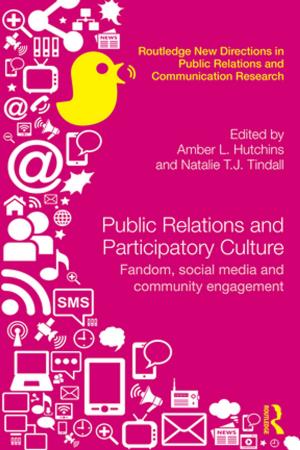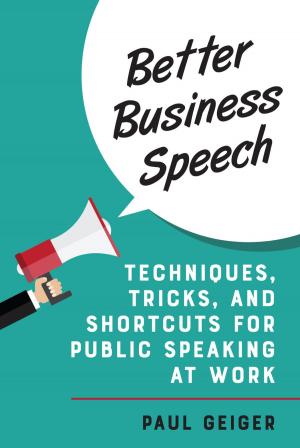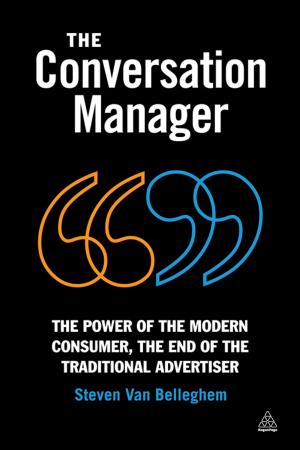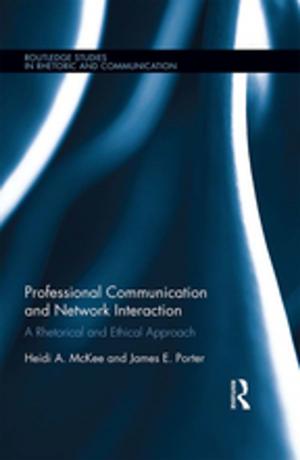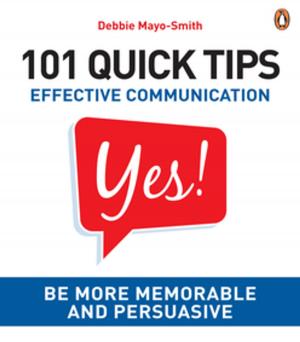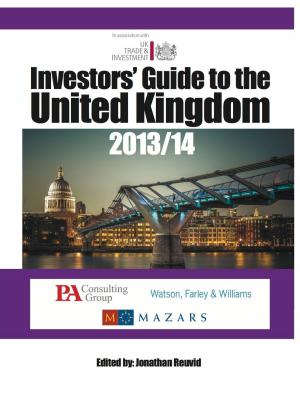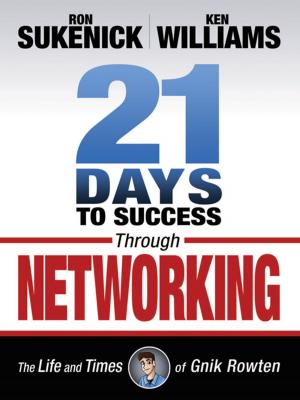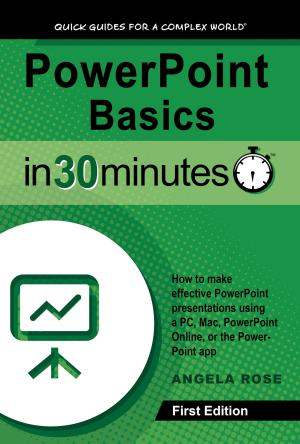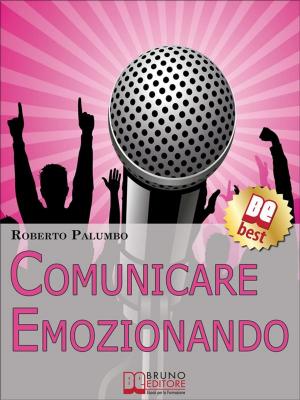Effective Interviewing and Evaluation Techniques Trainer's Guide
Effective Interviewing and Evaluation Techniques, #1
Business & Finance, Human Resources & Personnel Management, Training, Business Reference, Business Communication| Author: | Don Munro | ISBN: | 9781386575986 |
| Publisher: | Fiona Munro | Publication: | May 1, 2018 |
| Imprint: | Language: | English |
| Author: | Don Munro |
| ISBN: | 9781386575986 |
| Publisher: | Fiona Munro |
| Publication: | May 1, 2018 |
| Imprint: | |
| Language: | English |
The start of a company's Productivity Improvement Process depends entirely on the quality of the people selected for their positions.There is no sense in training, coaching and managing the performance of an employee who does not have the interest, ability and personality to perform their tasks.
There are four basic tools used in the selection process:
* The Job/Person Specification Form
* The Application Blank
* The opinions of others
* The Selection Interview
The Job/Person Specification Form is also called the "Job Spec" Form. It helps you describe a position in terms of responsibilities and applicant characteristics that are critical for success. All job tasks are described in clear, measurable terms whenever possible. In this program you'll learn how to complete and use this form.
The Application Blank or resume is valuable as it provides information about the applicant's past, and the past is the single best predictor of the future. In this program you'll learn how to use the Application Blank for this purpose.
The Opinions of Others, particularly past managers, provide valuable information for the selection process.The most effective reference checks are conducted over the telephone, and the same rules of interviewing that will be covered in this program can be applied to reference checking.
The Selection Interview is the most widely used selection technique. It is the main subject of this program.
The overall objective of this program is to increase the company's ability to select people who are qualified for positions with the company by upgrading the participant's interviewing skills. Specifically, at the conclusion of the program, participants will be better able to:
-
Understand the overall selection process, and the integral role of the interview.
-
Determine critical job requirements and relate these to factual data from resume and application (i.e. screening)
-
Understand the different types of questions which an interview can use, and the type of information each can elicit (including EEO considerations).
-
Understand the impact of interviewer behavior (e.g. note-taking, nodding listening, etc.)
-
Effectively conduct interviews in a variety of situation such that information about both critical objective and subjective job dimensions is accurately obtained.
-
Convey a positive image of the company, including EEO compliance.
-
Provide appropriate feedback to the interviewee.
-
Make effective selection/placement decisions based upon job relevant information that is gathered through the interview process.
The selection process is a crucial step in developing and maintain a vibrant and effective company. Choosing the 'right' individuals for the job can mean the difference between increased sales, productivity and cost-effectiveness versus lackluster performance and mediocre results. When a new person is hired, the company invests a large amount of its money, time and other resources in training and developing that person to perform effectively.
People are a vital resource to any company. Selecting the wrong people to fill positions can be just as disastrous as making a wrong financial or operational decision. Therefore, understanding and practicing selection procedures which focus on job-related criteria is vitally important. By using systematic interviewing skills, the interviewer can be sure of obtaining the necessary information to qualify job applicants for specific positions within the company. Effective Interviewing and Evaluating Skills focuses on how to select people who are indeed qualified and capable to perform effectively on the job.
The start of a company's Productivity Improvement Process depends entirely on the quality of the people selected for their positions.There is no sense in training, coaching and managing the performance of an employee who does not have the interest, ability and personality to perform their tasks.
There are four basic tools used in the selection process:
* The Job/Person Specification Form
* The Application Blank
* The opinions of others
* The Selection Interview
The Job/Person Specification Form is also called the "Job Spec" Form. It helps you describe a position in terms of responsibilities and applicant characteristics that are critical for success. All job tasks are described in clear, measurable terms whenever possible. In this program you'll learn how to complete and use this form.
The Application Blank or resume is valuable as it provides information about the applicant's past, and the past is the single best predictor of the future. In this program you'll learn how to use the Application Blank for this purpose.
The Opinions of Others, particularly past managers, provide valuable information for the selection process.The most effective reference checks are conducted over the telephone, and the same rules of interviewing that will be covered in this program can be applied to reference checking.
The Selection Interview is the most widely used selection technique. It is the main subject of this program.
The overall objective of this program is to increase the company's ability to select people who are qualified for positions with the company by upgrading the participant's interviewing skills. Specifically, at the conclusion of the program, participants will be better able to:
-
Understand the overall selection process, and the integral role of the interview.
-
Determine critical job requirements and relate these to factual data from resume and application (i.e. screening)
-
Understand the different types of questions which an interview can use, and the type of information each can elicit (including EEO considerations).
-
Understand the impact of interviewer behavior (e.g. note-taking, nodding listening, etc.)
-
Effectively conduct interviews in a variety of situation such that information about both critical objective and subjective job dimensions is accurately obtained.
-
Convey a positive image of the company, including EEO compliance.
-
Provide appropriate feedback to the interviewee.
-
Make effective selection/placement decisions based upon job relevant information that is gathered through the interview process.
The selection process is a crucial step in developing and maintain a vibrant and effective company. Choosing the 'right' individuals for the job can mean the difference between increased sales, productivity and cost-effectiveness versus lackluster performance and mediocre results. When a new person is hired, the company invests a large amount of its money, time and other resources in training and developing that person to perform effectively.
People are a vital resource to any company. Selecting the wrong people to fill positions can be just as disastrous as making a wrong financial or operational decision. Therefore, understanding and practicing selection procedures which focus on job-related criteria is vitally important. By using systematic interviewing skills, the interviewer can be sure of obtaining the necessary information to qualify job applicants for specific positions within the company. Effective Interviewing and Evaluating Skills focuses on how to select people who are indeed qualified and capable to perform effectively on the job.
